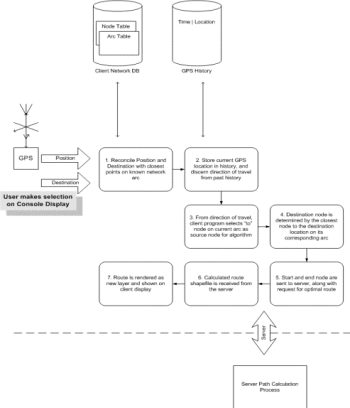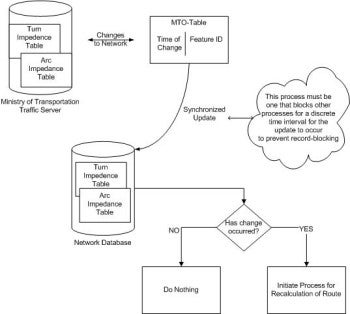Design team members: Macy Lui, Gegi Thomas, Danny Ho
Supervisor: Professor Dudycha, Professor Kubica
Background
Traffic congestion is a relevant societal problem for all drivers who use urban road systems. These include motorists, motorcyclists, and truck drivers. Many organisations and services, both public and private, rely heavily on the network of roads within a city and any disruptions can directly impact the quality of service. A solution to this problem would have many potential implications. Passenger vehicle travel times can be minimized, emergency vehicles can find the quickest route to their destination, taxi drivers can deliver their customers faster, and shipping companies can maintain their strict delivery schedules by reacting to the latest traffic conditions.
Project description
One proposed technique of successfully reducing traffic congestion is through the effective rerouting of traffic. This project proposes a new system that seeks to improve travel times by rerouting motorists using current Global Positioning System (GPS) data and traffic congestion data measured in real-time.
Problem statement
Provide motorists with efficient, accurate directions from origin to destination using user-position and coincident traffic delay information, to reduce traffic congestion, and its subsequent costs, in urban areas.
Design methodology
At the outset, we searched for societal needs where a solution was little explored by private or public parties. The ongoing challenge of vehicle route optimization and planning is at the forefront of transportation infrastructure projects. As costs go up for public transportation projects while government funding sinks to a minimum, we see the need for such a system to help guide our society in the right direction.
Our design encompasses the techniques learned through our years in Systems Design Engineering. A modular architecture was utilized with the chunking technique and integrated with the Evolutionary Prototyping model of software design for each project objective, such as integrating the GPS unit, setting up the traffic network database, and running the optimisation algorithm. For contained development projects, we used Rapid Prototyping to achieve a quick turnaround time for concept selection and user-acceptance testing.
Project snapshots

Figure 1 - Client console view

Figure 2 - Client interaction with server
